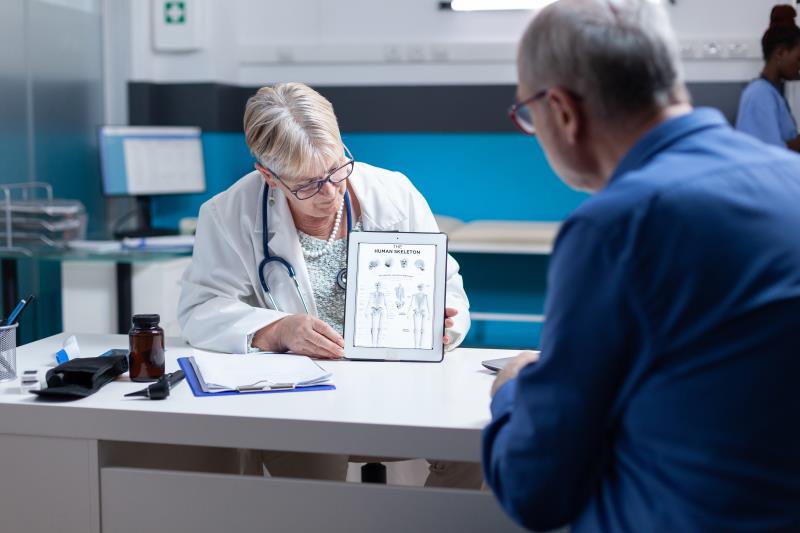
Older age and the presence of obstructive sleep apnoea (OSA) are predictive of the presence of corporo-venocclusive dysfunction (CVOD) in men undergoing bilateral nerve-sparing radical prostatectomy (RP), reports a study.
CVOD, defined as end-diastolic velocity (EDV) ≥5 cm/s bilaterally, is considered a “major pathway” to permanent erectile dysfunction (ED) following RP.
In this study, researchers enrolled patients who had no ED prior to RP, underwent bilateral nerve-sparing RP, were unresponsive to pharmacotherapy, and had a penile Duplex Doppler Ultrasound (PDDU) with a diagnosis of CVOD. PDDU was conducted with a redosing vasoactive agent protocol, while CVOD predictors were identified using a logistic regression model.
Overall, 135 patients (median age 60 years) were included in the analysis. Of these, 45 percent reported two or more comorbidities, 10 percent had diabetes, 28 percent had OSA, and 44 percent were either current or former smokers.
Following PDDU, 34 percent of men were found to have less than penetration hardness erections. In addition, 43 percent received 100 units of vasoactive agent.
CVOD was diagnosed in 44 percent of men, and both increased age at RP (odds ratio [OR], 2.12 per 10 years, 95 percent confidence interval [CI], 2.35–3.73; p=0.007) and OSA (OR, 2.44, 95 percent CI, 1.07–5.73; p=0.036) significantly correlated with a CVOD diagnosis.
"Comorbidities, especially OSA, have a role in erection recovery after surgery,” the authors said.